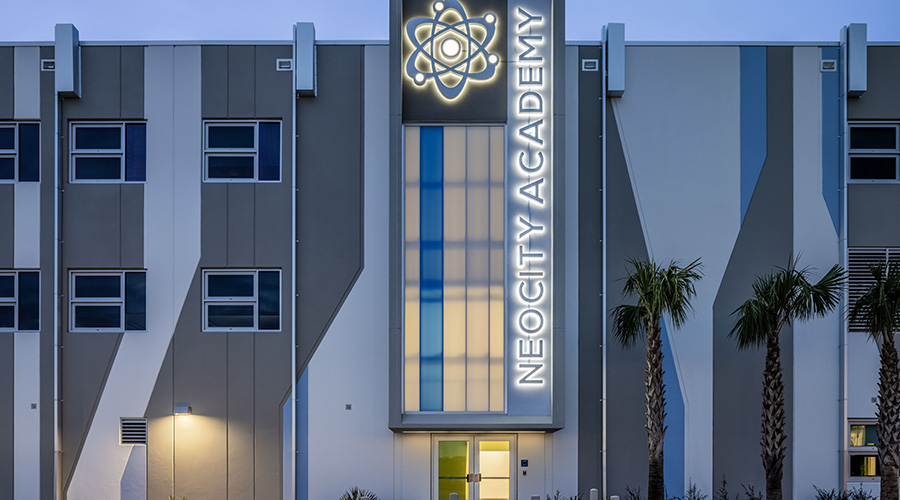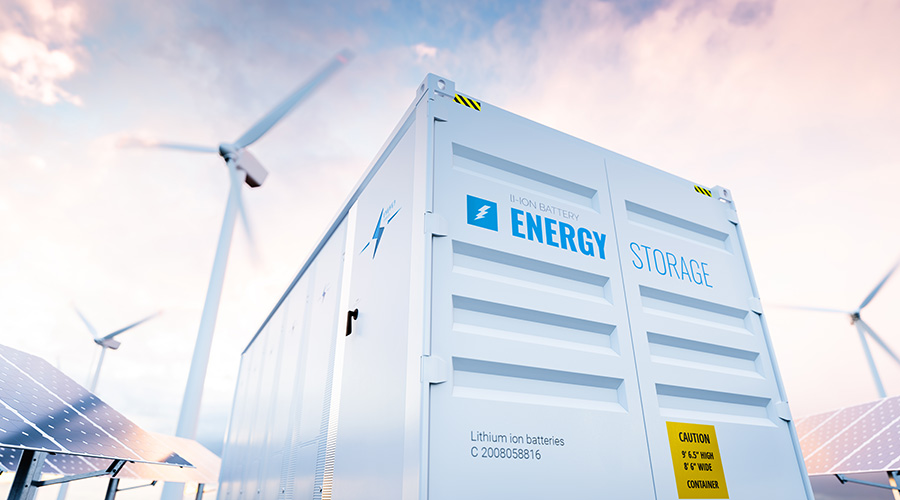Greening Existing School Buildings
Facility executives of educational buildings have access to a largely untapped source of green enthusiasm: students. The current school- and college-age generation has adopted the environmental movement as its own social, political and philosophical crusade. And that’s great news for educational facility executives who want to tap into that enthusiasm and green their campuses.
“This generation is all about preserving the Earth,” says Elaine Aye, principal, Green Building Services. “They’re aware from a social perspective and are becoming aware of economic issues.”
Other experts agree. “The kids are excited,” says Bob Kobet, president of Sustainaissance International. “When it comes to green efforts, it’s almost like you should just move over and let them do it.”
On many campuses, instead of coming from the top, the order to go green first comes from the bottom. “If they ask about sustainable efforts, they’re basically volunteering,” says Kevin Folsom, director of facilities and plant operations at the Dallas Theological Institute, and vice president of professional affairs at APPA. Students are driving the effort, and it’s up to facility executives to harness that excitement and use it to their advantage.
Perhaps the easiest way to target their enthusiasm is to implement green strategies in the place they spend the most time: dormitories. Green projects here will get the most exposure with students and will encourage them to lobby for green strategies in other places on campus.
The best time to educate students about green living strategies is during move-in week. Be sure move-in staff is well aware of the sustainable projects in the dorms. Work with the student life office to create information packets and reminder posters about how to use green features around the facility — especially important because students never see an energy bill. “You can do everything to install energy-saving features, but then it’s about educating the students so they know to turn the lights off,” says Richard Manning, principal, Green Building Services. “You have to remind them that it costs money.”
Dormitories are also a great place to start a recycling program on campus. Often, it will be students who take the initiative and set up a program if there is none in place already. Facility executives should take advantage of that and work with students to create a system that is maintenance-staff friendly.
Once students are recycling in dormitories, they’ll be looking for recycling programs, among other green projects, in other buildings on campus. To acknowledge their point of view, along with those of other campus staff and faculty, some experts recommend creating a sustainability group. This should be made up of representatives from each department and staff group on campus, including faculty, academic departments, administration, IT, waste management, facilities and students.
The goal of getting a cross section of representatives together is to understand where and how sustainable projects can happen. “Establish goals based on what you can accomplish first and foremost,” says Aye. “Look for things that are easy and visible with low cost and high return.” Facility executives can turn to the U.S. Green Building Council’s (USGBC) LEED for Existing Buildings program or Energy Star as resources to start green efforts.
Visible sustainable projects, such as solar panels, rainwater storage drums or recycling programs can be incorporated into the curriculum, especially in K-12 schools. By studying green facility features, students can learn about a range of ecological and energy issues. Members of the sustainability group — faculty and facilities staff — can work together to devise a lesson plan. If students receive 10 or more hours of classroom instruction per year on the sustainable building features, it qualifies the school for an Innovation and Design credit under the LEED for Schools rating system.
Green O+M
Some sustainable operation and maintenance strategies are particularly suited to schools. Especially in K-12 facilities with young children who are still developing, green cleaning should be a priority to create a healthier environment and promote good indoor air quality. To implement a green cleaning program, examine the current cleaning program to understand where changes can be made. Then, develop a “who/what/when/where/how” plan for a green cleaning policy, says Aye.
Joseph Sanches, chief of facilities management for the School District of Palm Beach County, Fla., recently made the commitment to green cleaning in his school district. Selling the idea of a cleaning program with fewer potential side effects to the school board was not difficult, he says. “We have two medical doctors on the school board, and they’re thrilled with the fact that we’re providing healthy environments.”
Another advantage to green cleaning that might help sell it to school administration: It’s less expensive than conventional cleaning, Sanches found. Products like concentrates and foam soaps, essential to green cleaning, are less expensive in the long run.
Facility executives should also be thinking about flexibility when it comes to operations and maintenance projects and building renovations. “Facility managers need to understand that they’re only one of many managers during the life of the facility,” says Folsom. Facility executives can’t plan ahead for what they don’t know, but they can plan to make future transitions within the buildings as easy — and green — as possible.
The purpose of campus buildings, or the department than runs them, may change over time. Raised floor air distribution systems are a common upgrade in facilities that have a lot of churn. It allows flexibility to make classrooms bigger or turn them into labs on top of the energy saved from utilizing the system itself, says Manning. Using demountable partitions instead of gypsum board walls also allows classrooms to change size or shape as needed, says Aye. “You’ll have higher renovation costs, but reduced construction costs overall as well as less waste going to the landfill.”
No matter how big the project, Sanches found one particular way of presenting metrics to the school board to be very effective. “I think that when you sell green programs, put that in terms of how many teachers’ salaries it is,” he says. “We can pay for X number of teacher salaries with the savings. People can understand those terms.”
Tips: Five Tips for Green Educational Facilities
- Utilize your biggest, least expensive resource by getting students involved. They may very well have already started green projects anyway.
- Create a team of representatives from all groups and departments on campus to brainstorm and discuss green strategies — and implement curriculum that deals specifically with sustainability.
- Sell the school board and administration on energy efficiency projects by demonstrating results and using metrics that they can understand — like number of teacher salaries per upgrade.
- Implement sustainable operation and maintenance strategies, such as green cleaning and recycling programs. Pay particular attention to upgrades that allow flexibility in the future.
- Take advantage of opportunities in dormitories to demonstrate and teach students how to live more energy efficiently. Work with the student life office to get the green message out.
|
Related Topics:














